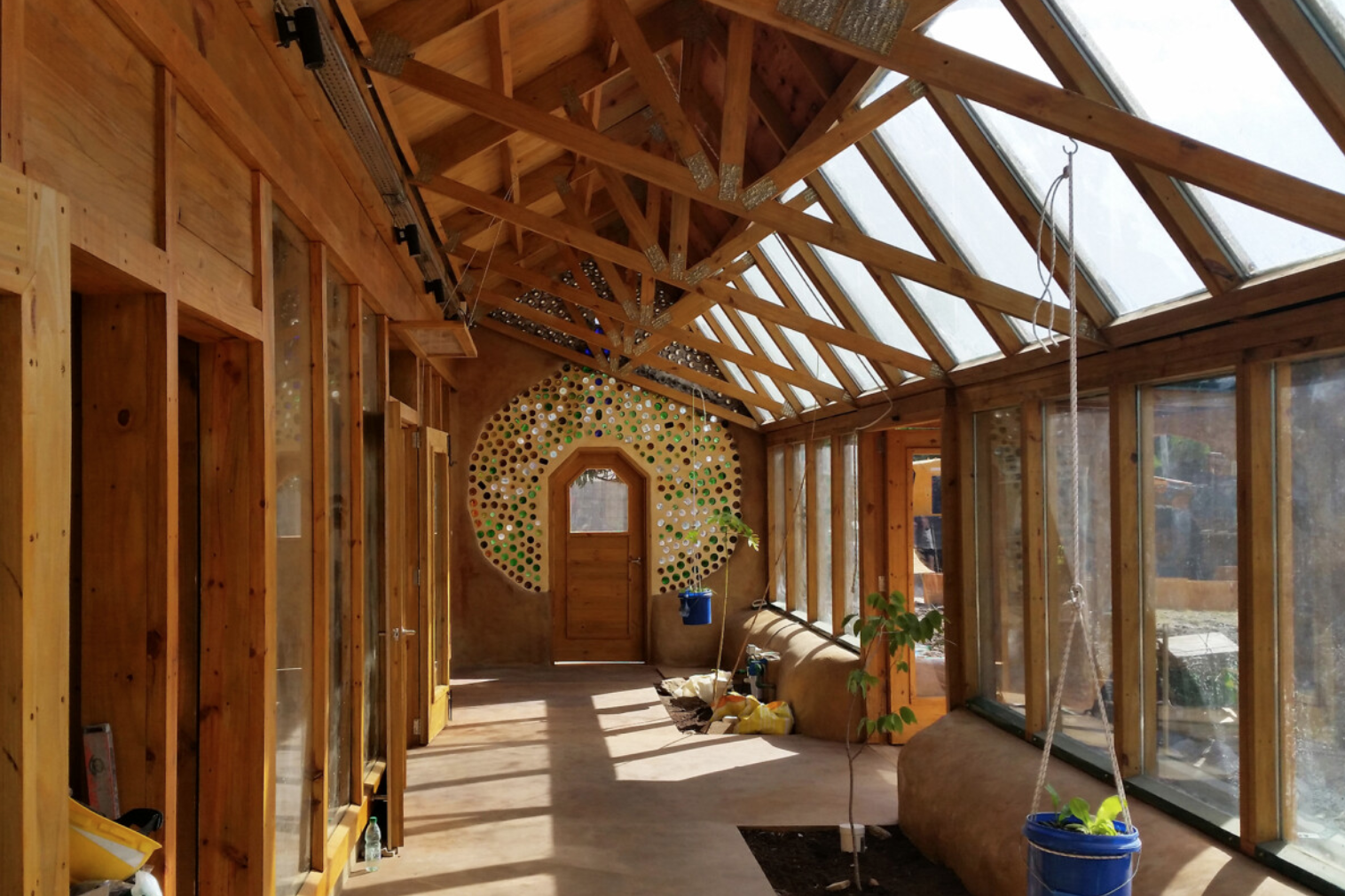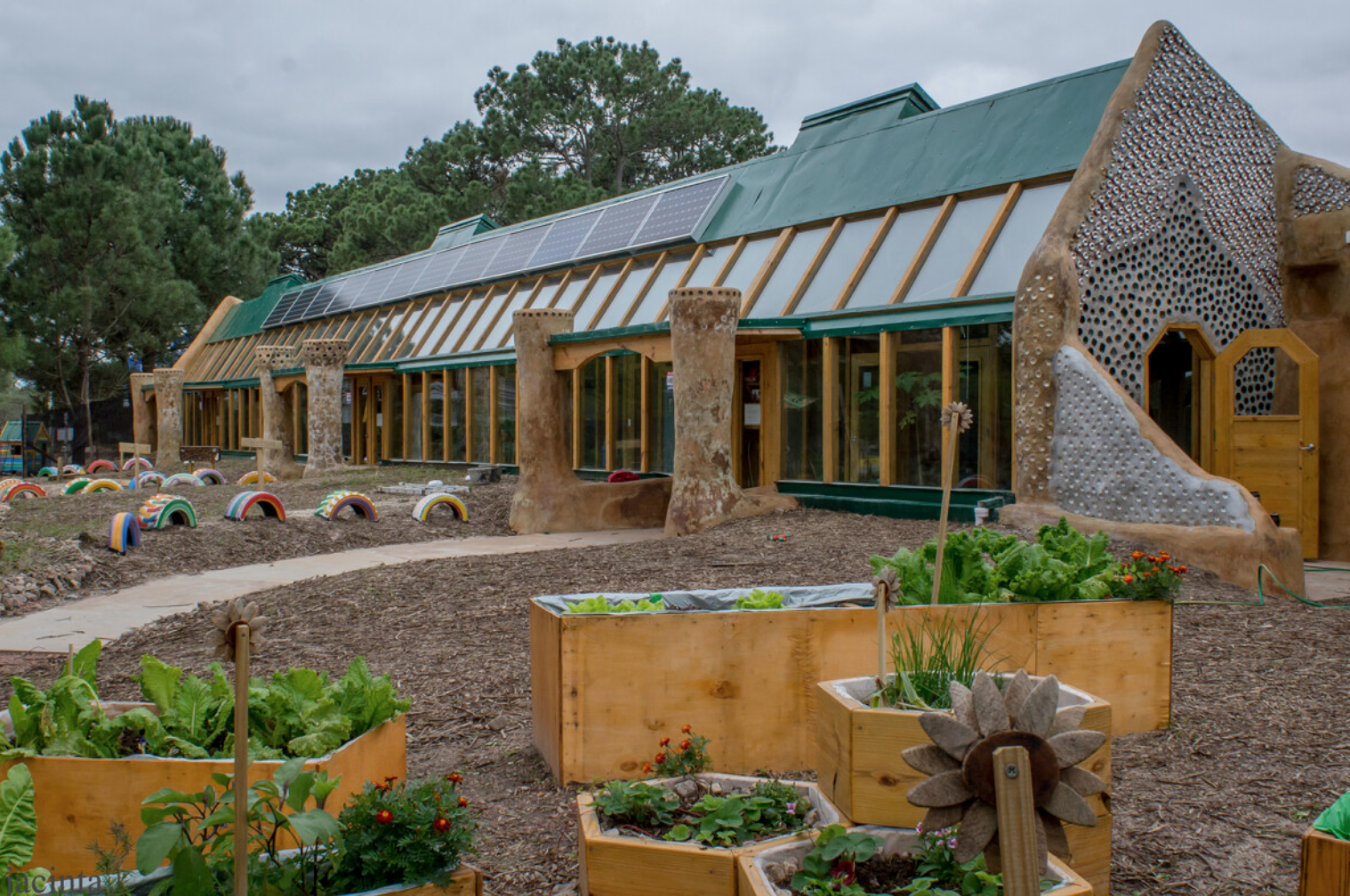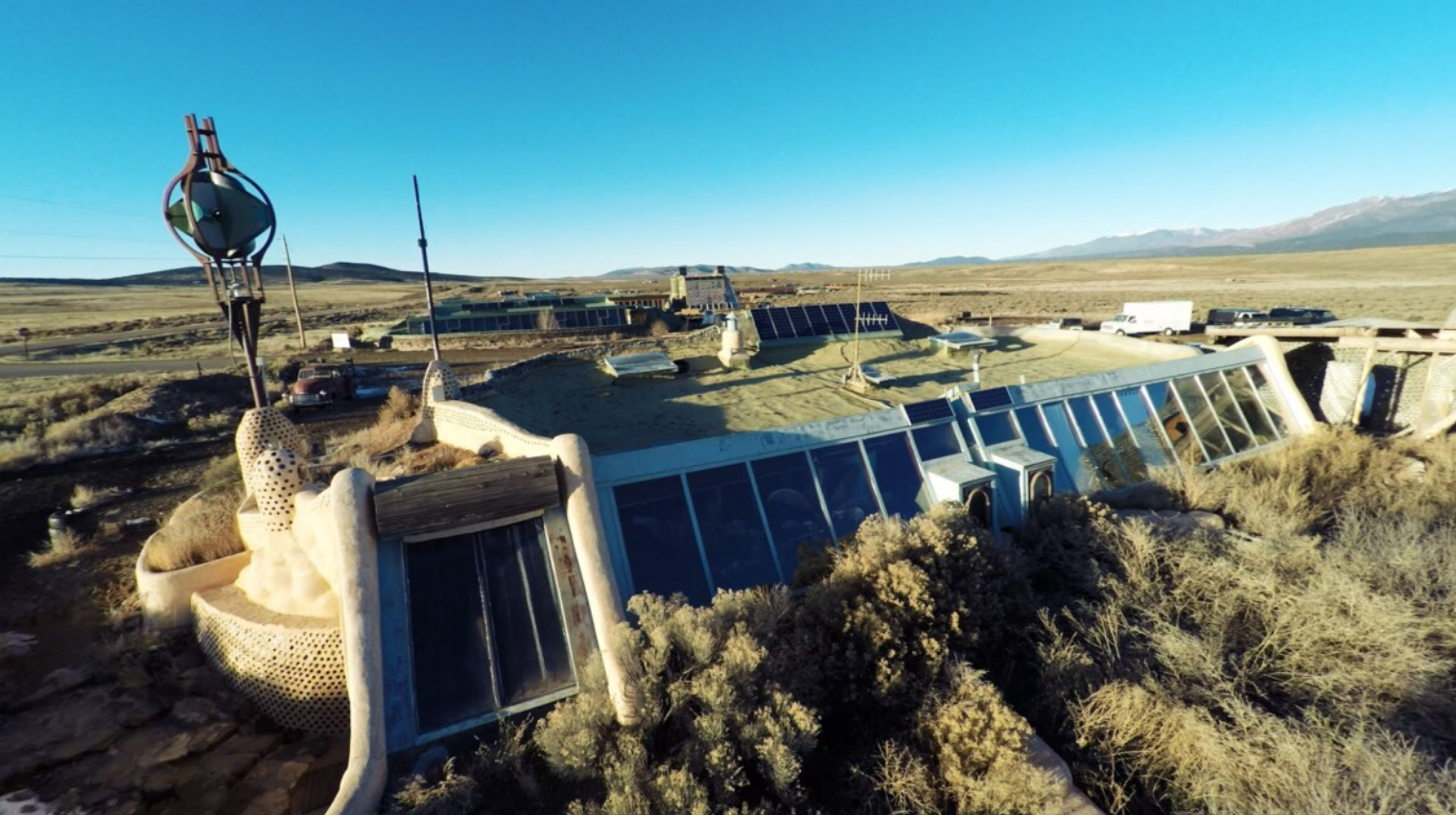Main Content
Blog
Blog Details
Earthship Homes: What Are They and Are They Right for You?

An Earthship home, or Earthship, is a type of sustainable home that is entirely self-sufficient and designed to have a minimal to no environmental impact. These unique homes are typically built using natural and recycled materials, and are designed to use the natural resources of their environment to provide all human needs. These include: food, shelter, energy, clean water, garbage management, and sewage treatment. Earthship homes are intended to allow people to live completely free from municipal utilities, sometimes called “off the grid.” The most common type of Earthship is the Global Model Earthship. Earthship homes can function in most places around the world. However, because of their design and environmental requirements, Earthship homes aren’t right for all climates; they work best in seasonal, subarctic regions of the world. Tropical and bitterly cold areas are often not a good fit due to excess cost or overwhelming maintenance demands.

The Earthship concept has six design principles that are focused on eliminating the home’s environmental impact and promoting sustainable living.
1. Natural and recycled materials
Earthships are constructed using a variety of natural and recycled products. One of the most common materials is used car tires, which are packed with earth and then stacked to form strong, insulating walls. Other common materials include recycled cans, bottles, and reclaimed wood. This not only reduces the home’s environmental impact, but also gives them a unique and recognizable appearance.
2. Passive heating and cooling
Earthships are designed to take advantage of natural climates to provide a comfortable indoor environment without traditional heating or cooling systems. Earthships have thick walls typically made from natural and recycled materials, providing thermal mass which naturally regulates the indoor temperature. The buildings are also often partially covered with soil or even built into the side of a hill, which further helps stabilize the home’s temperature. Additionally, Earthship houses are often oriented specifically to allow the sun to heat the interior during the winter, while using overhangs and other shading techniques to prevent overheating during the summer.
3. Solar and wind energy
Most Earthships are usually equipped with solar panels or wind turbines to generate electricity, making them independent of the conventional power grid. The electricity is stored in a bank of batteries and then used as needed for lighting, appliances and other electrical requirements. Inside, most homes have efficient appliances and LED lighting to help to reduce electricity use.
4. Water harvesting
Earthships capture and store rainwater and snowmelt from their roofs, making them ideal for fairly wet climates. The water is filtered and used for drinking, cooking, and bathing. After being used once, the water becomes greywater and is reused for irrigation. The remaining water is then treated and used for flushing toilets. After this, it becomes blackwater, which is then treated and used for landscape irrigation.
5. On-site sewage treatment
Instead of being connected to a municipal sewage system, Earthship homes treat their own waste water. Most homes accomplish this through a mix of greywater and blackwater systems. Greywater (water from sinks, showers, etc.) is typically filtered through indoor gardens and used to grow food. Blackwater (sewage) is usually treated in an anaerobic digester or a constructed wetland, with the goal of reusing it for landscaping.
6. Food production
A key part of Earthship architecture is self-sustaining food production. Earthship homes include internal greenhouses, which are used to grow a variety of plants, including fruits and vegetables. Greenhouses also aid in heating and greywater treatment. The combination of direct sunlight, greywater irrigation, and a controlled climate makes it possible to grow healthy food year-round. Some designs also incorporate outdoor garden spaces and even aquaponic systems.

Earthship homes offer a unique and reliable way to reduce your carbon footprint, and are proof of the possibilities of sustainable architecture. While building and maintaining an Earthship can pose challenges, the rewards can be very rewarding. Exploring the potentials of Earthships invites people to reimagine their homes and see the part they play in slowing the effects of climate change.
Text by Jamie Forbes | Photo by Earthship Biotecture | Read More Here



Login With
Or Sign Up With Disqus